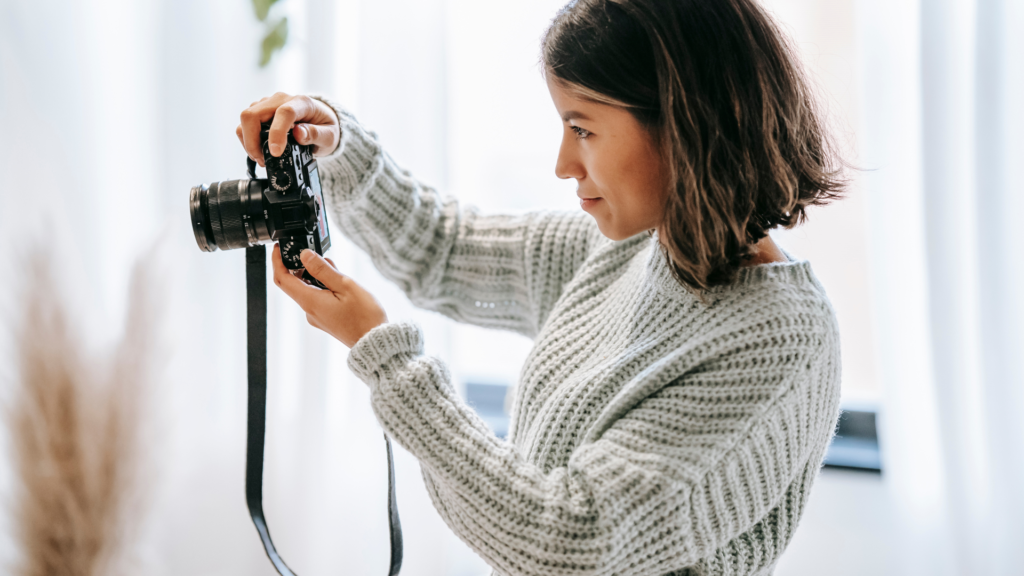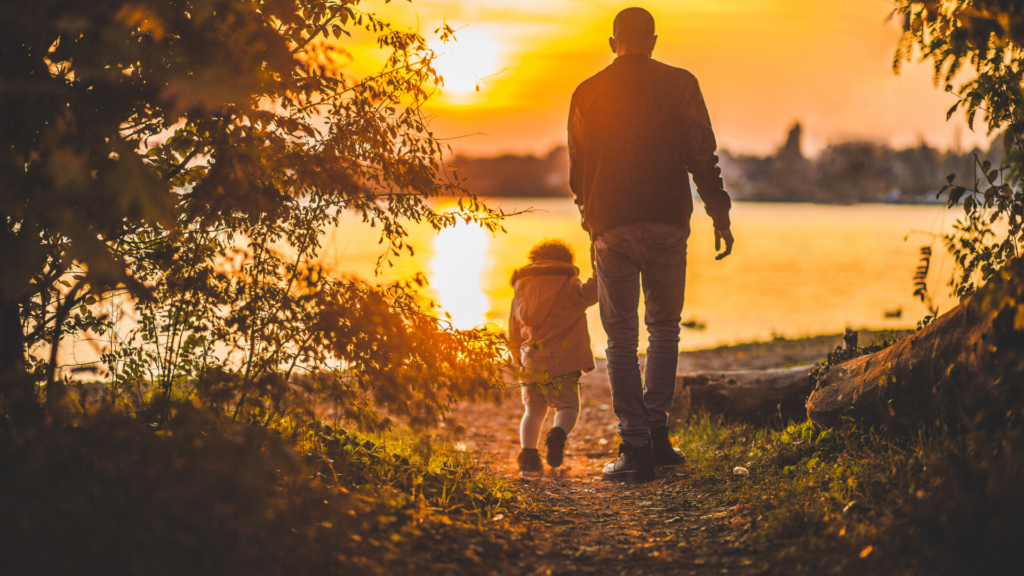Travel photography is more than just snapping pictures; it’s about preserving memories and telling stories of your adventures. In this blog post, we’ll delve into essential tips and techniques to help you capture the magic of your travels through photography.
Essential Gear for Travel Photography
When considering cameras for Travel Photography, each type has its advantages and limitations. DSLR cameras offer excellent image quality and a wide range of lens options but can be bulky and heavy to carry around. Mirrorless cameras are more compact and lightweight, making them ideal for travel, although they may have fewer lens choices. Smartphone cameras are convenient and always accessible, but they typically have limited zoom capabilities and may struggle in low-light conditions.For choosing lenses, it’s essential to match them with your photography style. Wide-angle lenses are great for capturing expansive landscapes, while telephoto lenses are ideal for wildlife and distant subjects
Planning Your Shots

When researching locations for photography, start by studying maps, travel guides, and online resources to identify potential spots of interest. Look for iconic landmarks, unique landscapes, and cultural sites that align with your photography style and interests. Consider factors like accessibility, safety, and local regulations before visiting.Regarding lighting conditions, aim to shoot during the golden hours shortly after sunrise and before sunset when the light is soft, warm, and creates pleasing shadows and highlights. Avoid harsh midday light if possible, as it can lead to overexposure and harsh shadows.Composition techniques play a vital role in creating visually appealing photos. The rule of thirds helps in placing key elements off-center for a more balanced composition
Capturing Landscapes and Cityscapes
When shooting landscapes, pay attention to the foreground, middle ground, and background to create a sense of depth and perspective. Use leading lines, such as rivers or paths, to guide the viewer’s eye through the scene. Incorporate elements like reflections in water bodies or the play of light and shadow to add visual interest.For cityscape photography, long exposures can create stunning effects with city lights. Use a sturdy tripod to keep your camera stable during long exposures and experiment with different shutter speeds to capture light trails from moving vehicles or stars in the night sky. Consider using a neutral density filter to control exposure and achieve the desired effect. Adjust your composition to include iconic landmarks or unique architectural features to add context and interest to your cityscape images.
Portraits and People Photography

Approaching and interacting with locals for authentic portrait shots requires sensitivity and respect for cultural differences. Start by introducing yourself and explaining your interest in capturing their portrait. Ask for permission before taking photos and be open to their preferences regarding poses or expressions. Engage in friendly conversation to make them feel comfortable and relaxed, allowing their natural personality to shine through in the photos.For candid moments, observe your surroundings and anticipate interesting moments before they happen. Use a telephoto lens for discreet shooting from a distance and capture genuine emotions and interactions. Avoid interrupting or staging scenes to maintain the authenticity of candid shots.When posing subjects for portrait photography, guide them with gentle instructions and encourage natural movements and expressions
Wildlife and Nature Photography
Telephoto lenses are essential for wildlife photography as they allow you to capture distant subjects without disturbing their natural behavior. When photographing wildlife, patience is key. Spend time observing the animals’ habits and movements to anticipate the perfect moment for a shot. Respect their space and avoid any actions that may stress or endanger them. Be mindful of ethical considerations, such as not feeding or baiting animals for photos, and prioritize their welfare above getting the perfect shot.To capture the beauty of natural elements like flowers, trees, and waterfalls, focus on composition and lighting. Use a wide aperture to create a shallow depth of field and isolate the subject from the background. Experiment with different angles and perspectives to showcase the intricate details and textures of these elements. Pay attention to lighting conditions, such as soft morning light or golden hour, to enhance colors and add depth to your photos.
Editing and Post-Processing Tips

For editing travel photos and enhancing their visual appeal, several software options are available. Adobe Lightroom and Photoshop are popular choices among photographers for their comprehensive editing tools, including color adjustments, contrast enhancement, and sharpening capabilities. Other options like Capture One and DxO PhotoLab offer advanced features for professional-level editing.When editing travel photos, it’s essential to maintain a natural look to preserve the authenticity of the experiences captured. Avoid excessive editing that alters the original scene drastically. Focus on enhancing colors to make them vibrant yet realistic, adjusting contrast to bring out details without creating artificial effects, and sharpening selectively to enhance clarity without overdoing it. Use editing tools like selective adjustments, graduated filters, and masks to target specific areas while keeping the overall look natural and true to the original scene.
Tips for Traveling Light with Photography Gear
When traveling light, it’s crucial to pack essential gear that maximizes versatility and minimizes weight without sacrificing photo quality. Consider a lightweight and compact camera body with interchangeable lenses to cover a range of focal lengths. Opt for versatile lenses like a wide-angle zoom and a telephoto zoom to capture various scenes effectively. A portable tripod with adjustable height and stability is essential for long exposures and sharp images.To protect photography gear during travel, invest in a durable and padded camera bag or backpack with compartments for organized storage. Use lens pouches or wraps to shield lenses from scratches and impacts.
Ethical Considerations in Travel Photography
Respecting local customs, traditions, and privacy is paramount when taking photos during travels. Always seek permission before photographing individuals, especially in culturally sensitive or private settings. Be mindful of religious or ceremonial practices that may prohibit photography or require specific permissions. In some areas, photography of certain subjects like government buildings, military installations, or indigenous communities may require official permits or clearance. When in doubt, ask locals or authorities for guidance on appropriate photography etiquette and permissions. Prioritizing respect for local customs and privacy ensures ethical photography practices and fosters positive interactions with communities during your travels.
Conclusion
In conclusion, travel photography is a wonderful way to capture the essence of your adventures and create lasting memories. By following these tips and techniques, you can enhance your photography skills and truly capture the magic of your travels. Remember to practice, experiment, and most importantly, enjoy the journey of photography during your travels.




